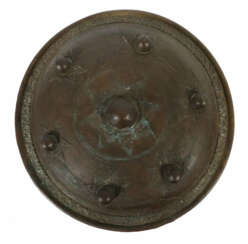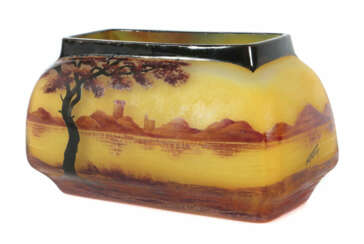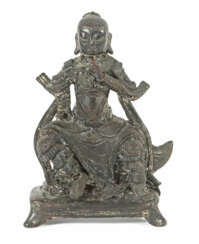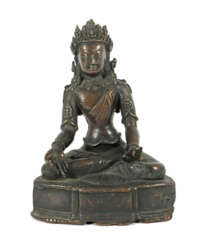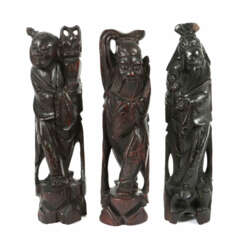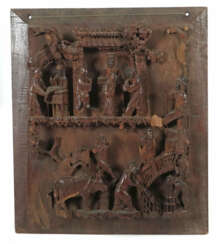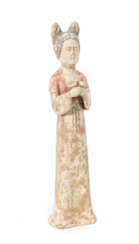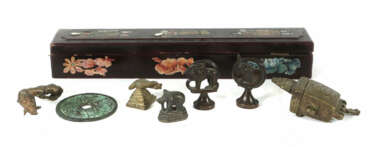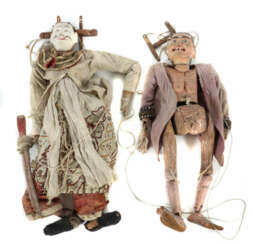61 Items by auctions and galleries:
baden-w³rttemberg
Lot 137 Christian Rohlfs. Huldigung
Christian Rohlfs (1849 - 1938) 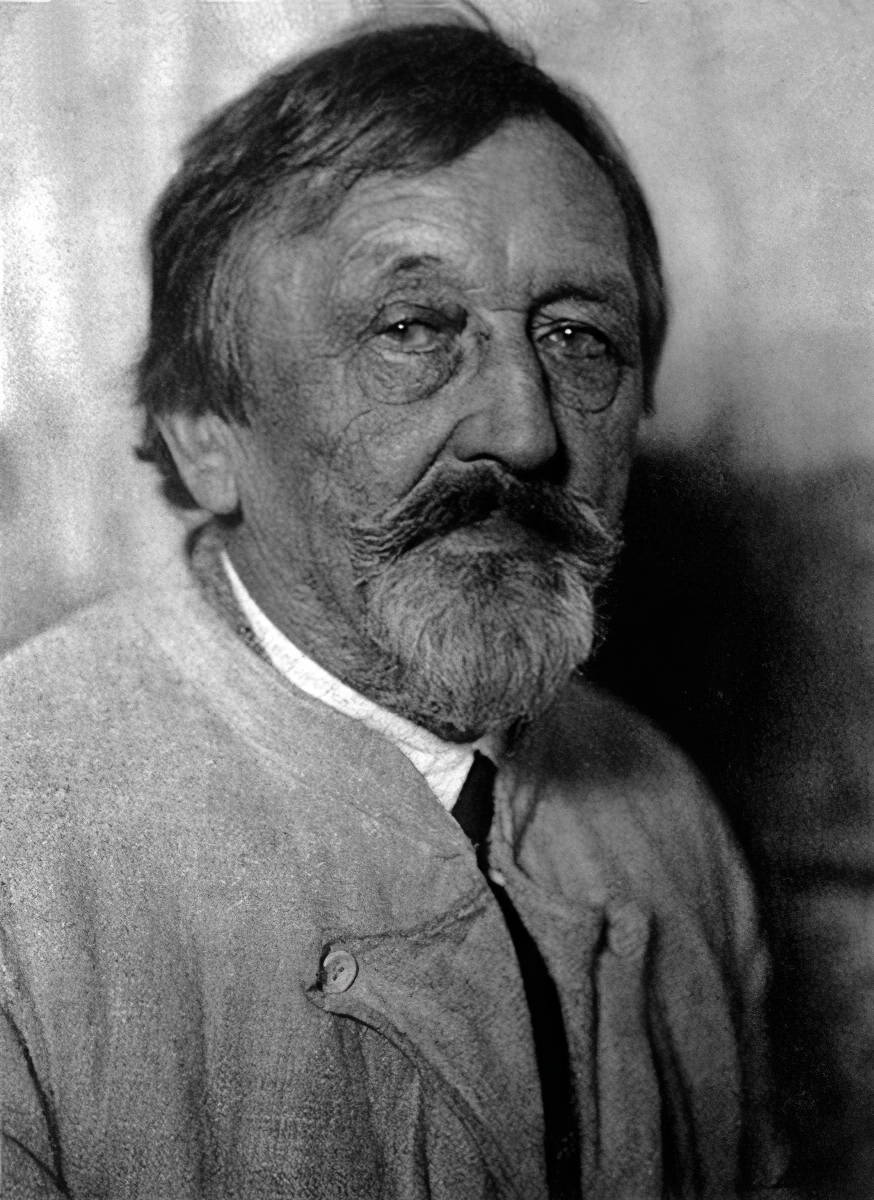 A541: Evening Sale
A541: Evening Sale 

Christian Rohlfs
22.11.1849 - 08.01.1938
Germany
Christian Rohlfs was a German painter and printmaker, one of the important representatives of German expressionism.

VAN HAM Kunstauktionen GmbH
A541: Evening Sale
Date: 03.12.2025 18:00 UTC +01:00
Number of lots in the catalog: 519










